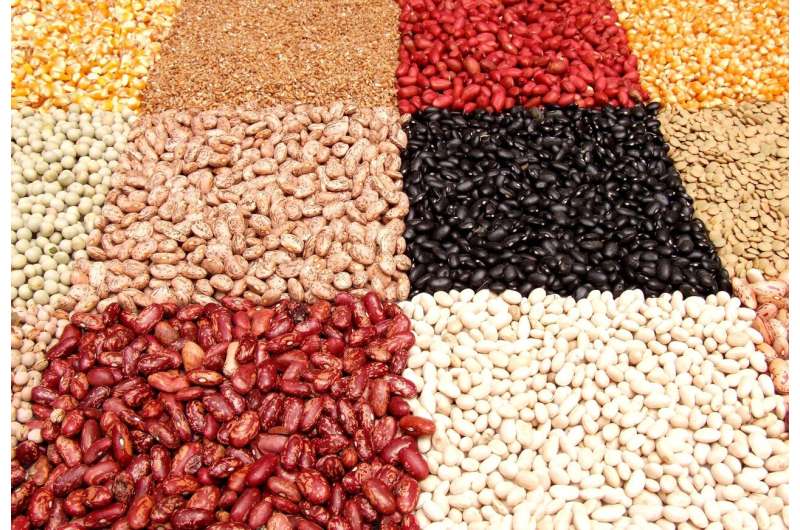Innovative Heating for Healthy Legumes
Did you know that the humble bean holds secrets that could revolutionize the way we eat? A team of passionate researchers is harnessing innovative technology that promises not only better nutrition but also a lighter footprint on our planet. Let’s explore how a new heating method could make a world of difference!

Beans and peas have been staple foods for centuries, nourished by their roles as vital seeds for future plants. But it turns out, these legumes have a little secret: they contain “antinutrients.” These naturally occurring compounds help protect them from pests and can be tricky for us to digest.
When we heat these legumes, the cooking process can break down these antinutrients. However, traditional food processing methods often fall short. Those big industrial ovens can zap the outside while leaving the insides cool, meaning that the nutritious goodness might not be fully available to us.
Enter the brilliant minds at the University of Saskatchewan (USask)! Researchers in the Department of Chemical and Biological Engineering have discovered an innovative new approach using radiofrequency (RF) waves. According to Tolen Moirangthem, a dedicated Ph.D. student, “RF waves work much like microwaves. When you microwave a cup of water, it warms the water itself without significantly heating the cup. The same goes for peas—the moisture inside heats up, but the outer layer doesn’t overcook.”
This technique, known as “selective heating,” can effectively target the moisture in legumes, ensuring that they retain their valuable nutrients while also speeding up the cooking process. Traditional methods can take ages, but with RF heating, it’s all done in just a few minutes!
The research team embarked on an exciting investigation, believing that RF heating could actually change the structure of the legumes. As the water inside heats up, it turns into steam and creates pressure that expands the pores in the legumes. This means not only do the peas and beans emerge with more openings, but they also become significantly easier to digest.
Using the Canadian Light Source at USask, the scientists confirmed their hunch: the beans treated with RF heating had indeed developed more pores, and remarkably, this method reduced antinutrient levels—specifically trypsin inhibitors—by a staggering 81%!
As Moirangthem highlights, “This project is packed with potential. Considering the high cost of animal protein in certain regions, we need sustainable plant protein solutions ready for mass production to nourish the growing global population.”
This inventive RF heating technique could not only make beans and peas tastier and more nutritious but also deploy a more environmentally friendly way to process these legumes. Imagine a world where enjoying a hearty bean chili is not only delicious but also a boost for our health and the planet!
More information:
Tolen Tombung Moirangthem et al, Experimental and computational study of synchrotron X-ray micro-computed tomography imaging in peas and pinto beans after radiofrequency heating, Innovative Food Science & Emerging Technologies (2025). DOI: 10.1016/j.ifset.2025.104033
If you would like to see similar science posts like this, click here & share this article with your friends!

